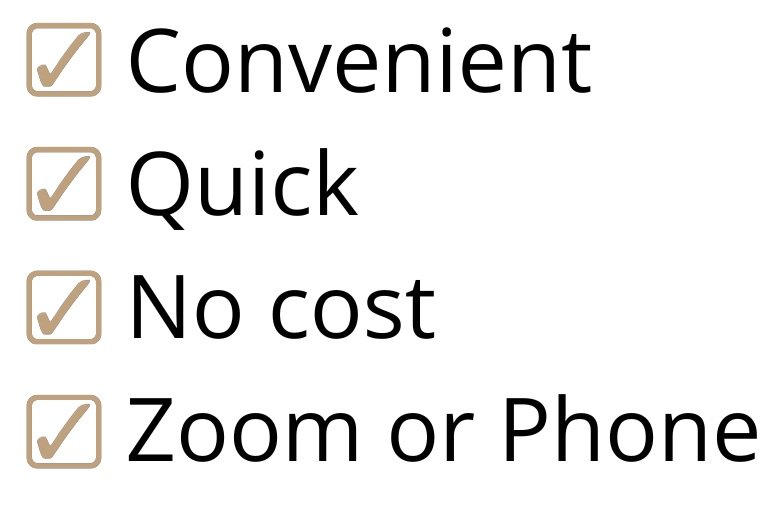Vendor Take-Back Mortgages in Ontario: How They Work
Hi, WealthTrack founder David Pipe here. Vendor Take-Back (VTB) mortgages are becoming an increasingly popular financing strategy in Ontario, especially as home prices continue to rise and borrowing becomes more challenging. Whether you’re a buyer struggling to secure traditional financing or a seller looking for a way to close a deal, understanding how VTB mortgages work can unlock unique opportunities in the real estate market.
In this article, we’ll break down what a Vendor Take-Back mortgage is, how it works in Ontario, the benefits and risks involved, and key considerations for both buyers and sellers.
Interested in Building Wealth?
Reach out to WealthTrack today!
What Is a Vendor Take-Back (VTB) Mortgage?
A Vendor Take-Back mortgage is a type of financing where the seller of a property lends money directly to the buyer to cover part of the purchase price. In essence, the seller acts as the lender for a portion of the sale, while the buyer typically covers the remainder through a down payment and/or traditional mortgage financing from a bank or credit union.
The buyer agrees to repay the loan according to the terms set by the seller, which usually includes an interest rate, payment schedule, and term length.
Example:
Purchase Price: $600,000
Down Payment: $50,000
Bank Mortgage: $450,000
Vendor Take-Back (VTB): $100,000
In this case, the seller agrees to finance $100,000, which the buyer repays under agreed-upon terms.
Why Are VTB Mortgages Common in Ontario?
Ontario’s real estate market, particularly in cities like Toronto, Ottawa, and Hamilton, has seen rapid price growth, making it difficult for many buyers—especially first-time buyers—to qualify for large traditional mortgages.
Additionally, sellers looking to attract more buyers or close deals quickly may consider offering VTB mortgages to bridge financing gaps.
Common reasons for using a VTB mortgage in Ontario:
Buyers can’t qualify for full traditional financing.
Family property transfers, such as helping children purchase a home.
Investment properties with lower bank financing options.
Sellers looking for steady income from interest payments.
Sellers wanting to defer some capital gains taxes (with professional tax advice).
How Does a Vendor Take-Back Mortgage Work in Ontario?
Here’s a step-by-step breakdown of how VTB mortgages work in Ontario:
1. Negotiation
The buyer and seller agree on:
The sale price of the property.
The amount the seller will finance.
Terms such as:
Interest rate.
Payment frequency (monthly, quarterly, etc.).
Length of the mortgage (usually short-term, 1-5 years).
Repayment terms (interest-only or principal + interest).
Default consequences.
2. Legal Documentation
Both parties work with real estate lawyers to draft legal agreements. The VTB mortgage must be registered on the property title to protect the seller’s interests, just like a traditional mortgage.
3. Closing
At closing, the seller provides the agreed financing. The buyer takes ownership of the property but also assumes responsibility for repaying the VTB mortgage.
4. Payments
The buyer makes payments to the seller as outlined in the contract. This may continue until the term expires, at which point the buyer must repay the remaining balance—either by refinancing or selling the property.
Benefits of Vendor Take-Back Mortgages
✅ For Buyers:
Easier Qualification: Buyers who don’t fully qualify for traditional financing can still buy a property.
Flexible Terms: Interest rates and repayment schedules can be negotiated, which may be easier than dealing with a bank.
Lower Down Payment: In some cases, a VTB mortgage can reduce the upfront cash required.
✅ For Sellers:
Sell Faster: Properties may sell more quickly if financing options are available to buyers.
Investment Opportunity: Sellers can earn interest on the financed amount, creating a passive income stream.
Potential Tax Deferral: Some sellers may be able to spread capital gains taxes over several years by structuring the deal carefully (this requires professional tax advice).
Risks of Vendor Take-Back Mortgages
⚠️ For Buyers:
Higher Interest Rates: Some VTBs may have higher rates than banks, depending on the seller’s terms.
Balloon Payment Risk: Many VTBs require the remaining balance to be paid at the end of the term, which may cause financing challenges later.
⚠️ For Sellers:
Default Risk: If the buyer defaults, the seller may need to initiate foreclosure or power of sale to recover their money.
Delayed Payment: Sellers don’t receive their full sale proceeds upfront, which could impact their financial plans.
Tax Complexity: Capital gains tax deferral through a VTB can be complex and must be handled carefully to avoid surprises.
Common Situations for VTB Mortgages in Ontario
Family Sales: Parents helping adult children buy their first home, especially as housing affordability declines.
Investment Property Sales: Sellers of rental properties offering a VTB to attract investors who may not fully qualify with traditional lenders.
Commercial Property Sales: Business owners selling commercial buildings sometimes offer VTBs as part of deal structuring.
Private Sales: In cases where properties are harder to sell or appraise, sellers may offer VTBs to close deals.
Legal and Financial Considerations
Both parties should always seek independent legal and financial advice before entering into a VTB mortgage arrangement.
Key Steps:
Hire a real estate lawyer familiar with Ontario’s mortgage laws.
Clearly outline the mortgage terms in writing.
Register the VTB on the property title to protect the seller.
Discuss tax implications with an accountant, especially regarding capital gains.
Get Professional Advice

Hello, I’m David Pipe. At WealthTrack, we can help you reach your financial goals — book a free 15-minute call with us today to find out how to get started.

Final Thoughts
Vendor Take-Back mortgages offer a flexible, creative financing solution in Ontario’s increasingly expensive housing market. While they can benefit both buyers and sellers, these arrangements carry financial and legal risks that must be carefully managed.
Whether you’re buying your first home, selling an investment property, or assisting a family member, a VTB mortgage may offer an opportunity to bridge financing gaps—so long as you approach it with careful planning, proper documentation, and professional advice.

